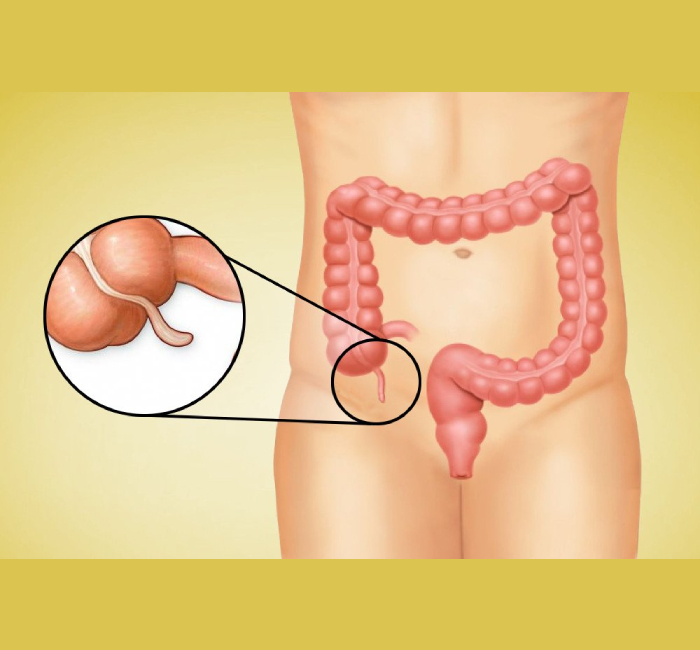Overview
Appendix, formally vermiform appendix, in anatomy, a vestigial hollow tube that is closed at one end and is attached at the other end to the cecum, a pouchlike beginning of the large intestine into which the small intestine empties its contents. It is not clear whether the appendix serves any useful purpose in humans. Suspected functions include housing and cultivating beneficial gut flora that can repopulate the digestive system following an illness that wipes out normal populations of these flora; providing a site for the production of endocrine cells in the fetus that produce molecules important in regulating homeostasis and serving a possible role in immune function during the first three decades of life by exposing leukocytes (white blood cells) to antigens in the gastrointestinal tract, thereby stimulating antibody production that may help modulate immune reactions in the gut.
While the specific functions of the human appendix remain unclear, there is general agreement among scientists that the appendix is gradually disappearing from the human species over evolutionary time. Blockage of the appendix can lead to appendicitis, a painful and potentially dangerous inflammation. If your condition becomes severe, it is important to consult a Gastroenterologist. In Wakad, Pune, you can seek expert care from Dr. Ujwal Zambare, a leading GI surgeon specializing in effective treatment and delivering the best possible results.

What Is the Function of the Appendix?
The muscles lining your GI tract, along with the hormones and enzymes that the system produces, allow your GI tract to break down and process food. Your appendix doesn’t directly help with digestion. It’s been unclear what role the appendix has in the body, and removal of the organ doesn’t appear to have any negative health consequences. For many years, scientists believed the appendix was a vestigial organ — one that lost its original function through centuries of evolution. Researchers thought that no other mammals had an appendix, aside from our closest ape relatives.
What Are The Symptoms of Appendix?
- Abdominal pain or tenderness that hurts more when you cough, sneeze, inhale or move.
- Swollen belly
- Constipation
- Diarrhea
- Inability to pass gas
- Loss of appetite
- Low-grade fever
Treatment for Appendicitis!
✔ Clinical Examination & Imaging Tests – Ultrasound, CT Scan, or MRI to confirm appendicitis.
✔ Antibiotics – If diagnosed early, mild cases may be managed with antibiotics, but surgery is often required.
✔ Laparoscopic Appendectomy – A minimally invasive surgery for quick recovery, less pain, and minimal scarring.
✔ Open Appendectomy – Recommended in cases of ruptured appendix or severe infection (peritonitis).
When to Call a Doctor?
If you are experiencing persistent abdominal pain, fever, nausea, or loss of appetite, do not wait—seek immediate medical care to prevent complications like ruptured appendix or infection. For expert diagnosis and treatment of appendicitis, consult Dr. Ujwal Zambare at True Life Clinic & Wellness Center, Wakad, Pune.
